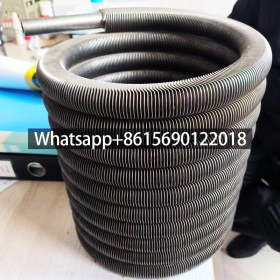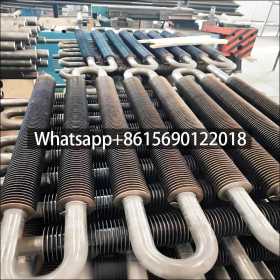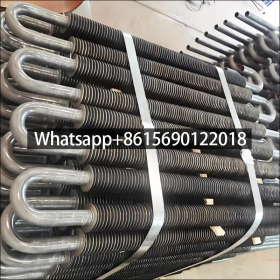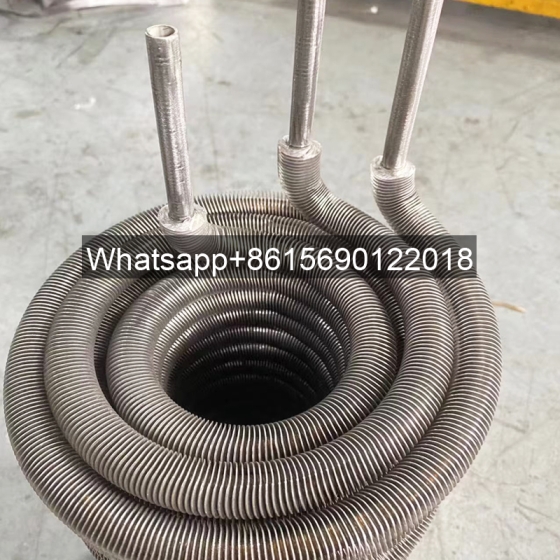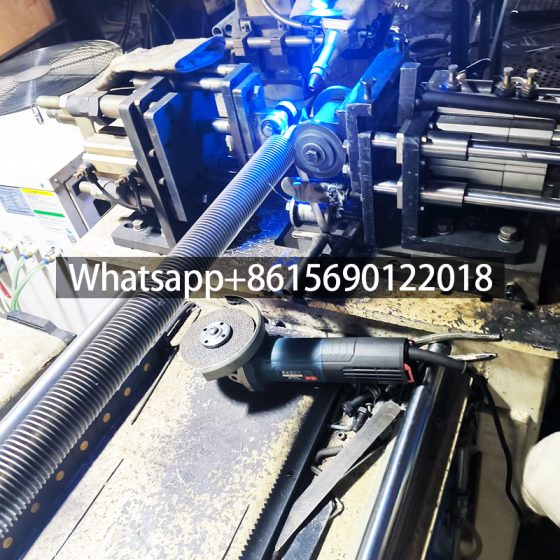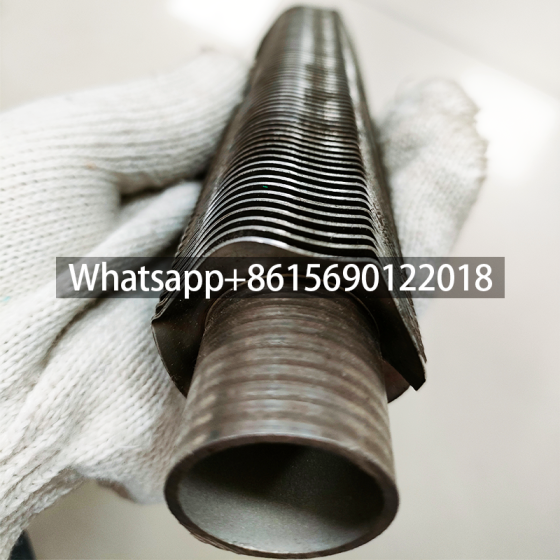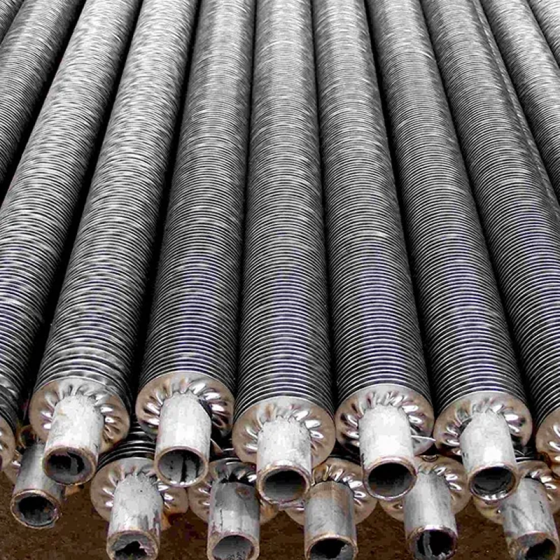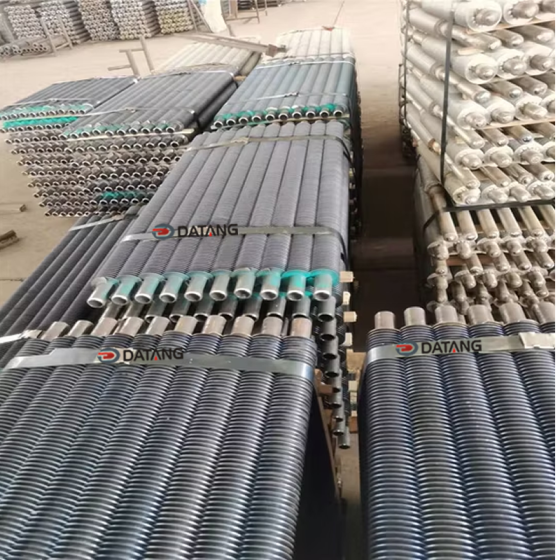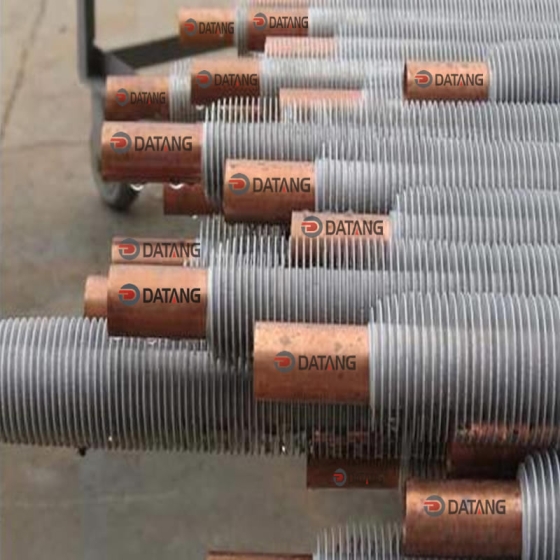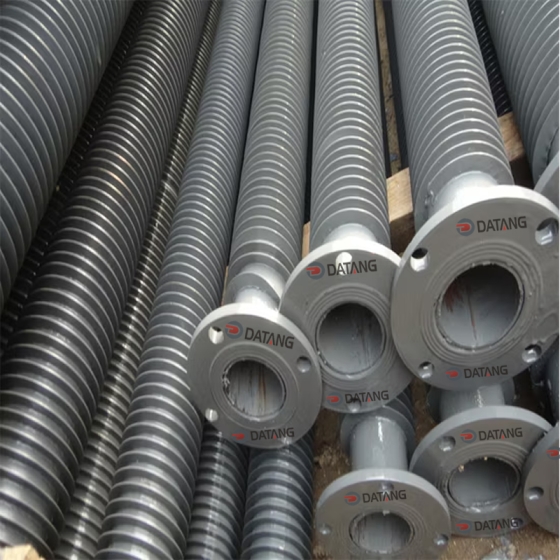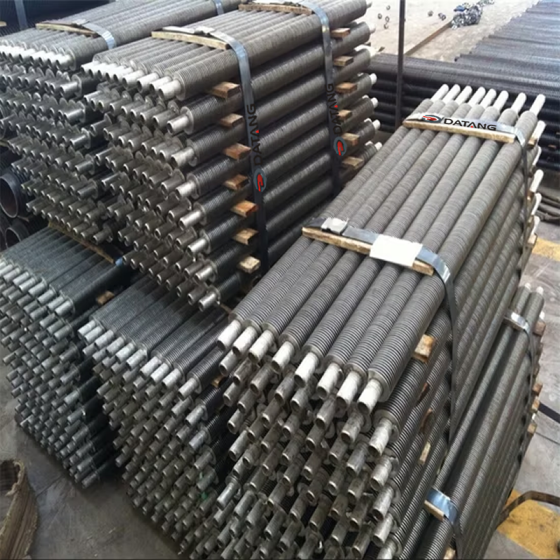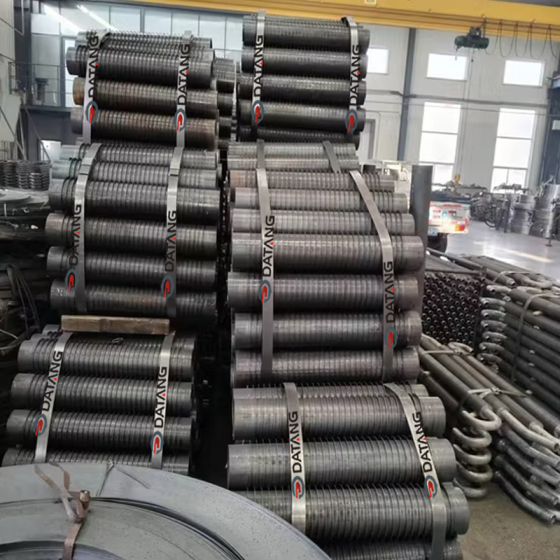Laser-Welded Finned Tube Coils for Heat Exchanger
Laser-welded finned tube coils represent a core process applying laser welding technology to the secondary forming of finned tubes. It achieves a metallurgical bond between fins and the base tube through high-precision laser welding before coil winding into compact, high-efficiency heat exchange units. Key technical features and application advantages are as follows:
I.Laser-Welded Finned Tube Coils Core Process & Technical Advantages
-
Laser Welding Precision Bonding
- Utilizes a high-energy laser beam (1–6 kW) to achieve deep fusion welding between fins and the base tube. Weld tensile strength exceeds 95% of the base material.
- Heat Affected Zone (HAZ) width < 0.1 mm, minimizing material lattice deformation and ensuring structural stability during coil bending.
-
Material Compatibility & Lightweight Design
- Base tube thickness: 0.8–1.5mm, Fin thickness: 0.3–1.0mm. Achieves 30% weight reduction and lower material costs compared to traditional processes.
- Supports combinations of dissimilar materials like stainless steel (304/316L), carbon steel, copper, and aluminum, adapting to corrosive media environments (por exemplo,, chemical reactors, seawater cooling systems).
-
Structural Adaptability for Coil Forming
- Laser welds are uniform and dense, free from localized thermal stress concentration. Allows direct cold or hot bending.
- Achieves minimum bending radius of 1.5 times tube diameter (por exemplo,, Ø25mm tube bendable to R37.5mm), meeting compact space layout requirements.
II.Laser-Welded Finned Tube Coils Performance Advantages & Measured Data
-
Enhanced Heat Transfer Efficiency
- Contact thermal resistance approaches zero (over 60% lower than traditional HF-welded tubes). Heat transfer coefficient increases by 18–25%.
- Case Study: Petrochemical catalytic cracking unit retrofit increased flue gas waste heat recovery rate from 62% to 89%, saving 12,000 tons of coal annually.
-
Resistance to Operational Fluctuations
- Vibration fatigue life reaches 10⁷ cycles (HF-welded tubes: only 3×10⁶ cycles), withstands thermal stress shock from boiler start-stop cycles with ΔT=300°C.
- Offshore Platform Case: No crevice corrosion observed after 8 years in environments with Cl⁻ >5000mg/L. Service life is 2.6 times that of embedded fin tubes.
-
Long-Term Cost Effectiveness
- Initial cost is 15–20% higher. However, low fouling factor (0.0002 m²·K/W) and reduced maintenance enable recovery of the cost difference within 3–5 years. Service life reaches 15–20 years.
III.Laser-Welded Finned Tube Coils Typical Application Scenarios
| Sector | Application Equipment | Performance |
|---|---|---|
| HVAC&R | Fan Coils / Air Cooler Evaporators | Heat transfer area increased by 3–10x; Cooling energy efficiency improved by 15% |
| Energy & Power | Boiler Economizers / Air Pre-heaters | Flue gas temperature reduced below 120°C; Thermal efficiency increased by +3% |
| Chemical & Pharma | Reactor Coils / Condensers | Resists strong acid/alkali corrosion, reduces shutdown frequency for cleaning |
| Shipbuilding | Seawater Cooling Coils | Compact design saves cabin space; Resistant to salt spray corrosion |
IV.Laser-Welded Finned Tube Coils Custom Specification Reference
- Base Tube Size: Ø16–32mm (Expandable to Ø150mm)
- Fin Parameters: Height 8–15mm, Spacing 2.5–15mm, Helix Angle 30°–60°
- Coil Configuration: Single-layer spiral, Multi-layer concentric circles; Compatible with Shell & Tube / Plate Heat Exchangers
V.Laser-Welded Finned Tube Coils Future Development Direction
- Dissimilar Material Welding Innovation: Combinations like Inconel 625 fins + 316L base tube to solve thermal expansion matching issues at 900°C.
- Smart Production Line Integration: Vision positioning systems (±0.05mm accuracy) with adaptive laser parameter control for zero-defect welding.
 dtfinnedtube.com
dtfinnedtube.com


